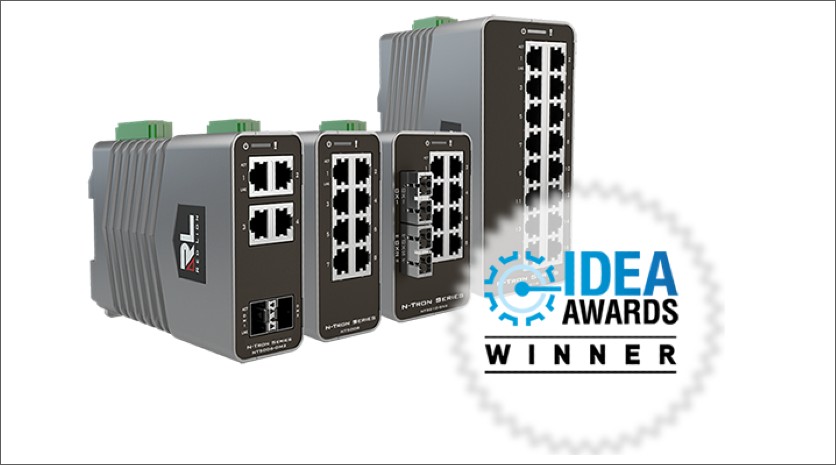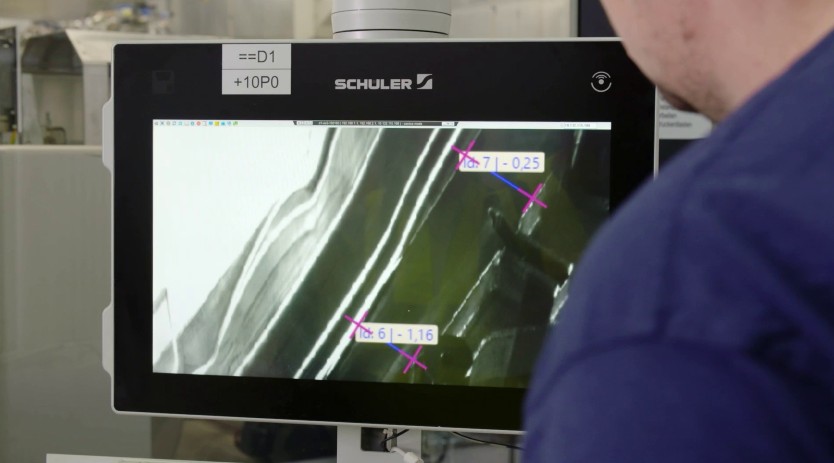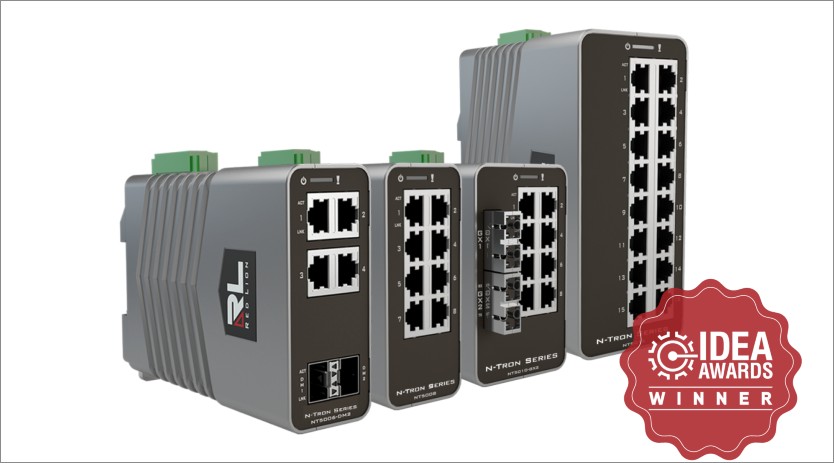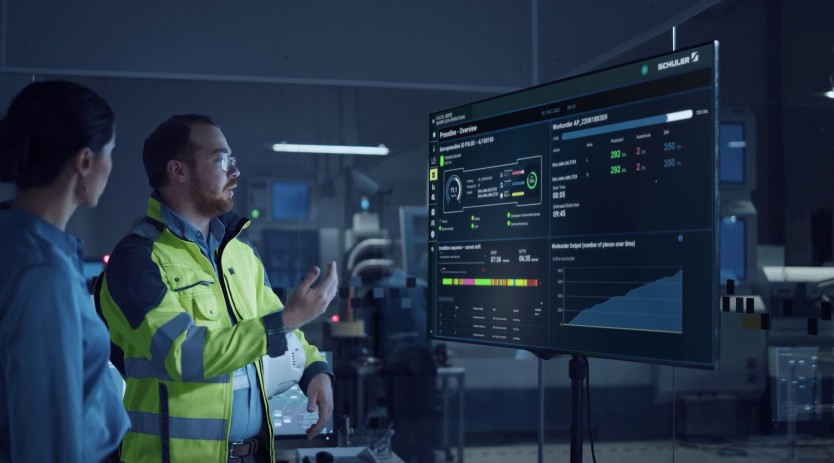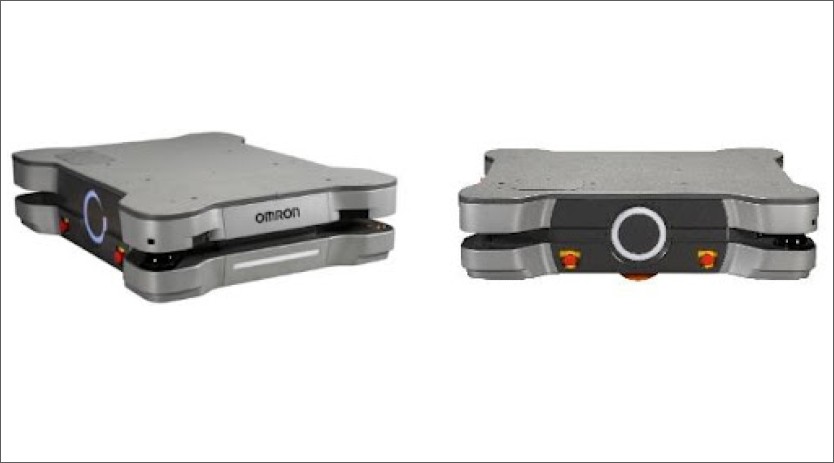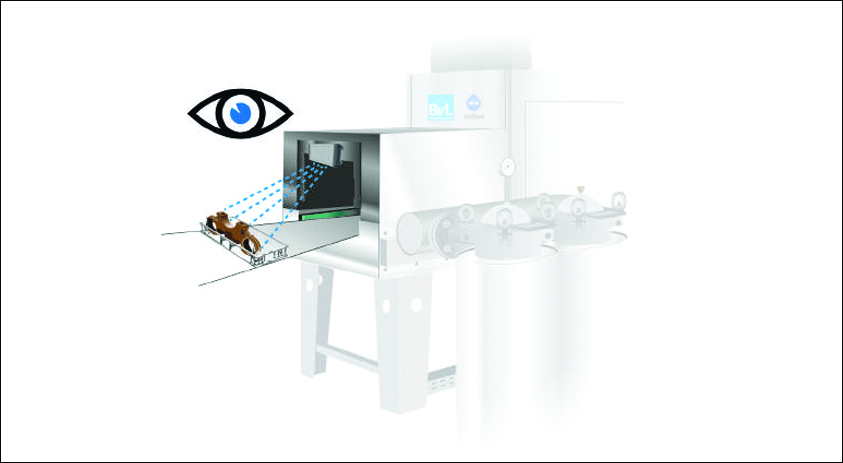Danfoss Best Point Control software increases machine efficiency
January 6, 2016 12:00 pm
Danfoss Power Solutions announced the global launch of its Best Point Control (BPC) software technology, which increases machine efficiency levels by detecting the needed power for current operation conditions and automatically adjusting the engine speed to meet optimum efficiency points.
As a PLUS+1 compliant software block, BPC offers plug-and-perform integration into existing work flows, reducing development time and shortening time to market, with an estimated four to eight weeks from quotation to prototype.
“With BPC, there is no longer a need to rely on operator skill level to get the most out of a machine and to achieve performance goals,” claims Markus Plassmann, Danfoss product marketing manager for high power closed circuit products.
In traditional hydrostatic transmissions, the operator uses a foot pedal to control engine speed. With BPC, the operator still controls the movement of the vehicle, but the software manages engine speed and hydrostatic ratio.
BPC is designed for multiple single-path application types such as a wheel loader, large forklift and reach stacker, telehandler, forestry machine and dumper, among others. The modular software approach supports an efficient human machine interface (HMI) integration (drive pedals, joysticks, mode switches, etc.), as well as an integration of various gearbox solutions.Danfoss BPC software boosts bottom lineAccording to Danfoss, BPC software technology provides greater efficiency through intelligent engine control and creates a variety of user benefits which include:• Provides average fuel savings of up to 25 per cent depending on the application type, duty cycle and system configuration. BPC delivers fuel savings at almost every operating point, including transport driving, acceleration, deceleration and work tasks.
• Gets the most work out of engines as the ultra-efficient use of power for each task frees up installed engine power to operate other subsystems, such as work functions, fan drive, steering and more. This also has the potential to reduce OEM costs, and help with Tier IV and eventually Tier V compliance by allowing for engine downsizing.
• Increases driver comfort and productivity; in microseconds, BPC determines the lowest possible engine speed to accomplish any task and takes the burden of controlling engine speed off operators, therefore reducing fatigue and increasing focus on tasks and steering.
• Decreases disruption to the work area by keeping engine work at the appropriate level for every task and reducing overall noise and emissions. Lower engine noise is easier on the operator and also critical when working on sites that have noise restrictions, such as residential areas.
Cookie Consent
We use cookies to personalize your experience. By continuing to visit this website you agree to our Terms & Conditions, Privacy Policy and Cookie Policy.




